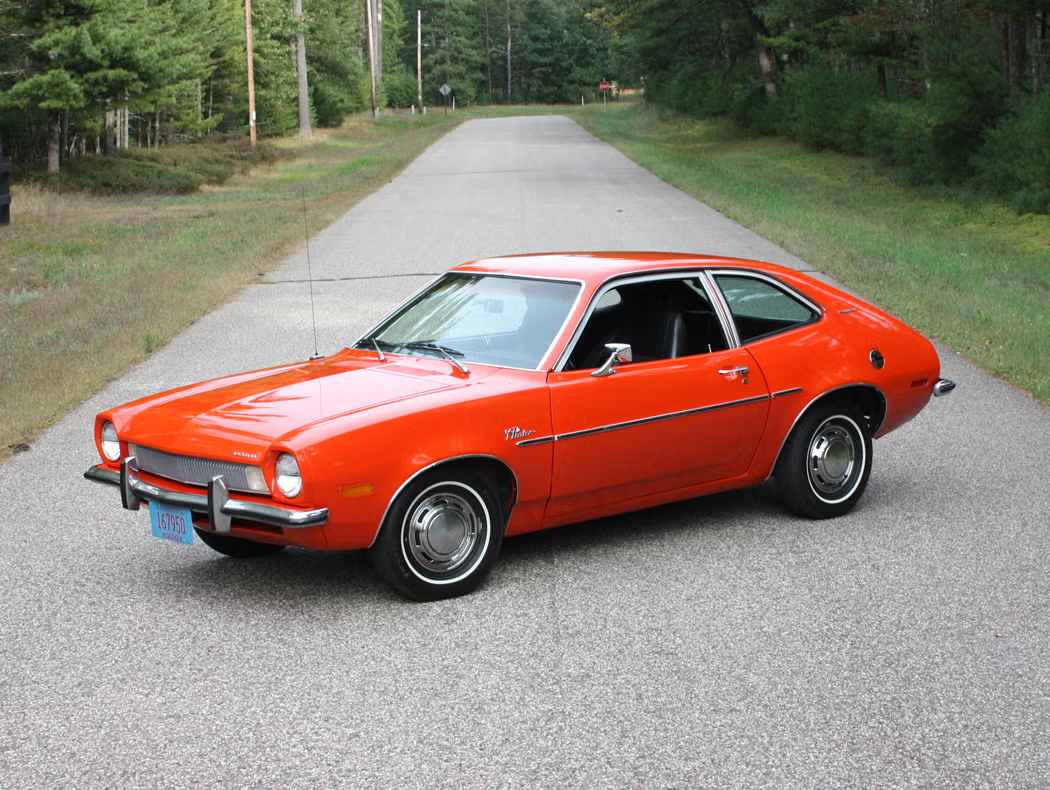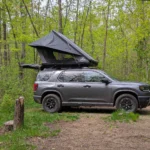
How to Jump-Start a Car in Canada
![jump start]](https://flipcars.ca/wp-content/uploads/2025/04/jump-start-1018x1024.jpg)
Jump-starting a car is an essential skill for Canadians, especially during harsh winters where cold temperatures can sap battery life. In this guide, we’ll walk through the correct way to jump-start a car, specific Canadian concerns, and reference expert research for best practices.
Why Canadian Drivers Face More Battery Issues
Limited Time Automotive Amazon DealsCold weather dramatically affects the chemical reactions inside a battery. Research by Dr. Daniel Abraham, a senior materials scientist at Argonne National Laboratory, explains that battery performance deteriorates because electrochemical reactions slow significantly below 0°C (Abraham, D.P., Journal of Power Sources, 2002). In Canadian climates where temperatures often reach –20°C or lower, this issue becomes critical.
| Cause | Impact |
|---|---|
| Cold Weather | Battery output can fall by up to 50% at –18°C. |
| Salt Exposure | Corrodes terminals, increasing internal resistance. |
| Aging Batteries | Batteries older than 4–5 years are prone to failure. |
| Increased Electrical Load | Heaters, seat warmers, and lights drain more power. |
What You Need Before Jump-Starting
| Equipment | Details |
|---|---|
| Jumper Cables | Heavy-duty cables (4-gauge or thicker) preferred. |
| Working Vehicle | A healthy, running vehicle with a strong battery. |
| Gloves and Eye Protection | Recommended to prevent injuries. |
| Portable Booster Pack (Optional) | Very helpful in remote or rural parts of Canada. |
How to Jump-Start a Car: Step-by-Step Guide
| Step | Instructions | Notes |
|---|---|---|
| 1 | Park the vehicles close but not touching. | Engage parking brakes. |
| 2 | Turn off both vehicles completely. | Remove keys if necessary. |
| 3 | Attach the red (positive) cable to the dead battery’s positive (+) terminal. | Ensure a solid connection. |
| 4 | Attach the other end of the red cable to the working battery’s positive (+) terminal. | |
| 5 | Attach the black (negative) cable to the working battery’s negative (–) terminal. | |
| 6 | Attach the other black cable to an unpainted metal surface on the dead car. | Ground on the engine block is ideal. |
| 7 | Start the working vehicle and let it idle for 2–5 minutes. | Charge the dead battery slightly. |
| 8 | Attempt to start the dead vehicle. | Don’t crank for more than 5 seconds at a time. |
| 9 | If successful, remove cables in reverse order. | Disconnect carefully. |
| 10 | Let the revived car run for at least 30 minutes. | Preferably drive it to recharge fully. |
Special Notes for Canadian Winters
Jump-starting a car in Canada during winter requires extra caution:
- Frozen Batteries:
If a car battery is frozen (typically below –30°C), boosting it can cause the casing to crack or even explode. Dr. Abraham emphasizes that freezing transforms liquid electrolyte into solids, which can rupture the battery’s internal structure (Journal of Power Sources, 2002).
Important: If you suspect a frozen battery (bulging sides, no response), do not attempt to jump-start it. Replace it instead. - Extended Charging Time:
At –20°C, a dead battery needs longer charging from the donor vehicle before it can crank successfully. - Portable Boosters:
Given long distances between towns in Canada, Transport Canada recommends carrying a portable battery booster in winter emergency kits (Government of Canada Winter Driving Safety, 2022).
Important Safety Tips
| Tip | Reason |
|---|---|
| Never touch clamps together when cables are live. | Risk of electrical arc or burns. |
| Always wear insulated gloves. | Prevent cold burns and electric shock. |
| Connect the final clamp to a ground point, not the dead battery. | Reduces spark risk near battery gases. |
| Avoid boosting indoors (garage). | Hydrogen gas buildup can lead to explosions. |
| Clear snow and ice off terminals before connecting. | Ensures a clean, conductive surface. |
How Temperature Affects Battery Function
| Temperature | Approximate Battery Capacity | Boosting Difficulty |
|---|---|---|
| 0°C | ~80% | Easy |
| –10°C | ~70% | Moderate |
| –20°C | ~50% | Challenging |
| –30°C | ~30–40% | Very difficult; high chance of battery freezing |
Source: Canadian Automobile Association (CAA), Battery Testing and Winter Performance Report, 2021.
Jump-Starting Modern Vehicles and EVs
Modern vehicles — especially hybrids and electric vehicles (EVs) — require careful handling:
- Jump Points:
Manufacturers often install special boost terminals separate from the battery itself. Always consult the owner’s manual. - Electronics Risk:
Incorrect boosting can fry sensitive computers and modules. For instance, Toyota warns in their Canadian owner’s manuals that improper boosting can damage the hybrid system, costing thousands of dollars to repair. - EVs and Hybrids:
These cars typically use a 12V battery for auxiliary systems (like lights and doors). You can often boost this small battery but never attempt to jump-start the high-voltage propulsion battery.
Winter Jump-Start Checklist
| Item | Status |
|---|---|
| Heavy-duty jumper cables packed | ✔️ |
| Booster pack fully charged | ✔️ |
| Gloves and flashlight ready | ✔️ |
| Car manual accessible | ✔️ |
| Winter survival kit prepared | ✔️ |
Conclusion
Jump-starting a car is an essential survival skill for Canadian drivers, especially given the country’s extreme winter conditions. Understanding how cold temperatures degrade battery function, preparing the right equipment, and using the correct step-by-step process ensures not only success but personal safety.
Research — including findings from Dr. Daniel Abraham and organizations like Transport Canada and CAA — underlines that preparation is crucial. Batteries are far more vulnerable when temperatures plummet, so Canadians must approach jump-starting with caution, particularly when frozen batteries are a risk.
Ultimately, having reliable equipment like booster cables or a portable jump starter, combined with awareness of your vehicle’s requirements, can prevent a cold and potentially dangerous roadside emergency.
Stay prepared, stay safe, and drive smart this Canadian winter.
Add a comment Cancel reply
Categories
- Auto Detailing (1)
- Car News (2)
- Car Reviews (1)
- How To (1)
- Uncategorized (165)
Recent Posts
About us

Related posts


Peut-on vraiment se fier à la capacité de remorquage d’un véhicule?

What Does GMC Stand For? The Canadian Story Behind a Legendary Truck Brand








